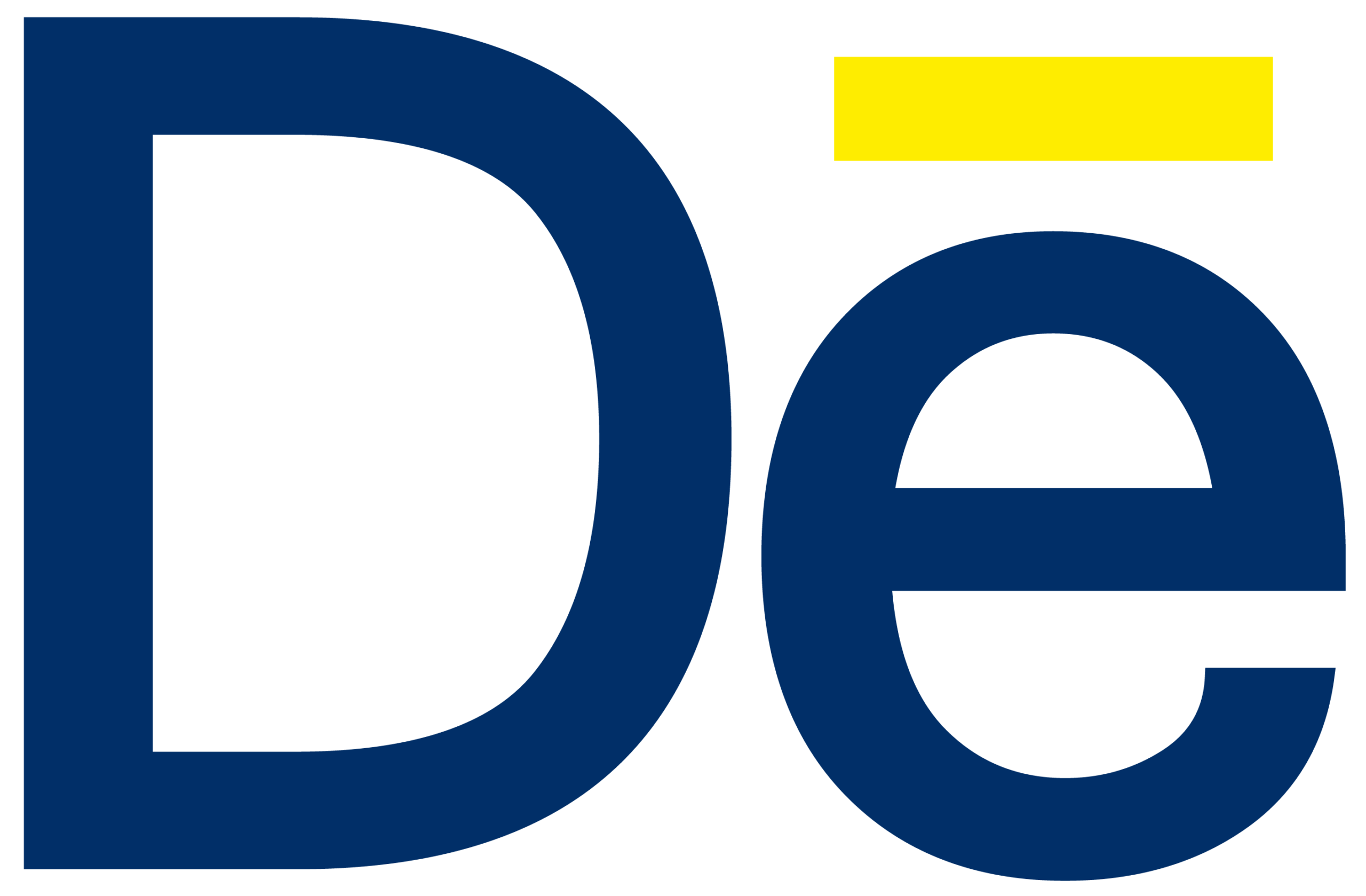Process to lead, Technology to follow
- August 20, 2018
- Posted by: TripleDe
- Category: Consulting

I mentioned in my previous blog ‘Business differentiation using technology’ the need for transformation and technological capabilities as a differentiator. It was emphasized that business processes are the core and technology must adapt to them. This blog is to emphasize this point further.
It is true that technology is the differentiator in this modern world, but technology alone will neither differentiate your business nor will it make you a market leader, unless you are a technology company. It is instead what you do with technology that will distinguish. It can sound familiar, but it is very important and is often misunderstood at every level of business.
Too often companies believe that to become a market leader, they should use the latest technology or follow current trends and go behind the market-leading technologies. If that were real, then everyone would do it, and if everyone in the industry does the same thing, then where is the differentiation? Not all businesses can be market leaders. Organizations may not need industry-leading technology to gain a competitive advantage in their business or rather to build market-leading solutions they may not even need the latest technology.
The secret to differentiation is to formulate strategies that give the business a competitive advantage and then develop them with the appropriate technology. Business and technical requirements, organizational capability and cost should direct the decision as to what is suitable for the business. The best technology will not make a difference or give you a competitive advantage if it is not appropriate or if wrongly applied. It might even harm the business.
Becoming a market leader or building a competitive advantage starts with business needs, not technology. This means looking at the vision and plan of the company, the goals, the business model, the products and services, the consumers and the competitors’ offerings and using this to recognize the key ideas that will place the business ahead of its rivals. The company’s big ideas will need new or enhanced capabilities to bring them to life and new or improved technologies will allow these capabilities either partially or completely. At this stage it is possible to select the appropriate technology–once the market-leading capabilities and solutions have been identified. Of course, that’s not to suggest that technology can’t be used to stimulate discussion of the big ideas or to stimulate ideas about improving products or services. But a decision on the adoption of a certain technology should not start the process.
The three-point approach that a company should take into account to maximize the strategic impact of technology in solving business problems:
1. Determine which processes waste time and resources for the organization and other stakeholders.
2. Work with internal and external stakeholders, including customers to fully understand the solutions.
3. Develop and implement these solutions through innovations that differentiate the business from competitors.
Being slow to adopt new and exciting technology could give the competition the upper hand. However, jumping too early can distract teams from immediate business goals, hinder progress, and adversely affect customer experience or worse. A well-defined decision-making process based on business needs is the best way to decide when new technologies are to be introduced.
There are no discrete start and end-points to technology-supported transformation, instead, it’s an ongoing, changeable process. As such, businesses need to consistently review the process and technologies they have to assess the value they provide to the company. By focusing on the process, we can set the right course to meet business needs. How technology can serve these needs is secondary – it’s the process that decides. Technology is simply a tool to support a strong and optimized business process.
